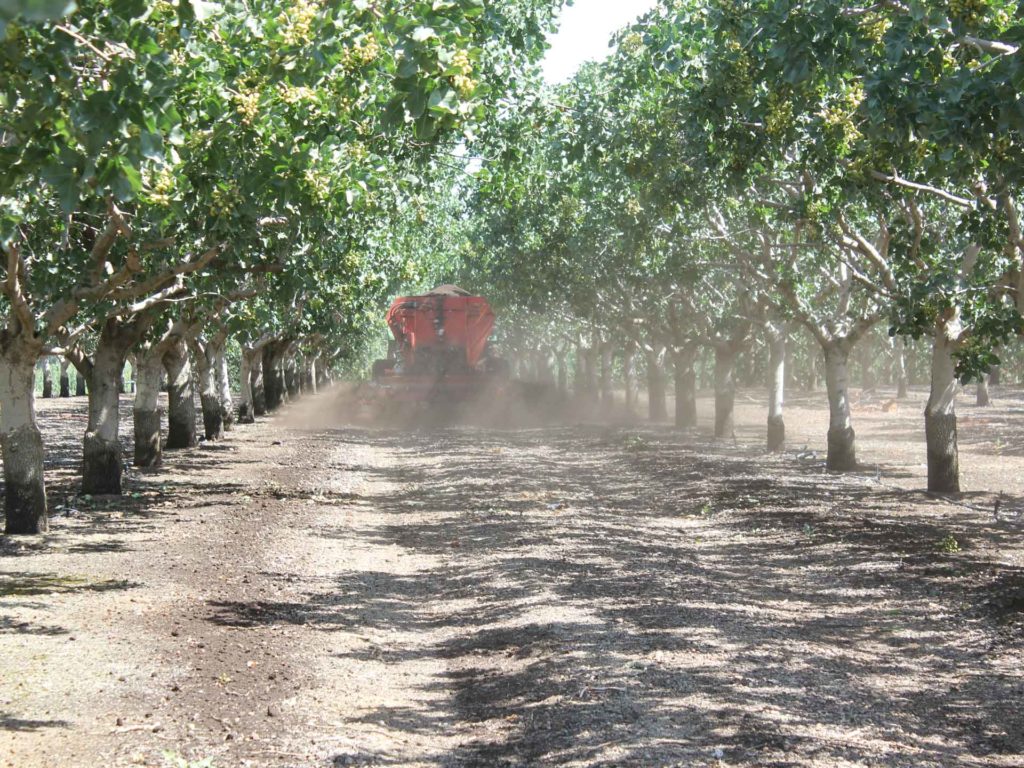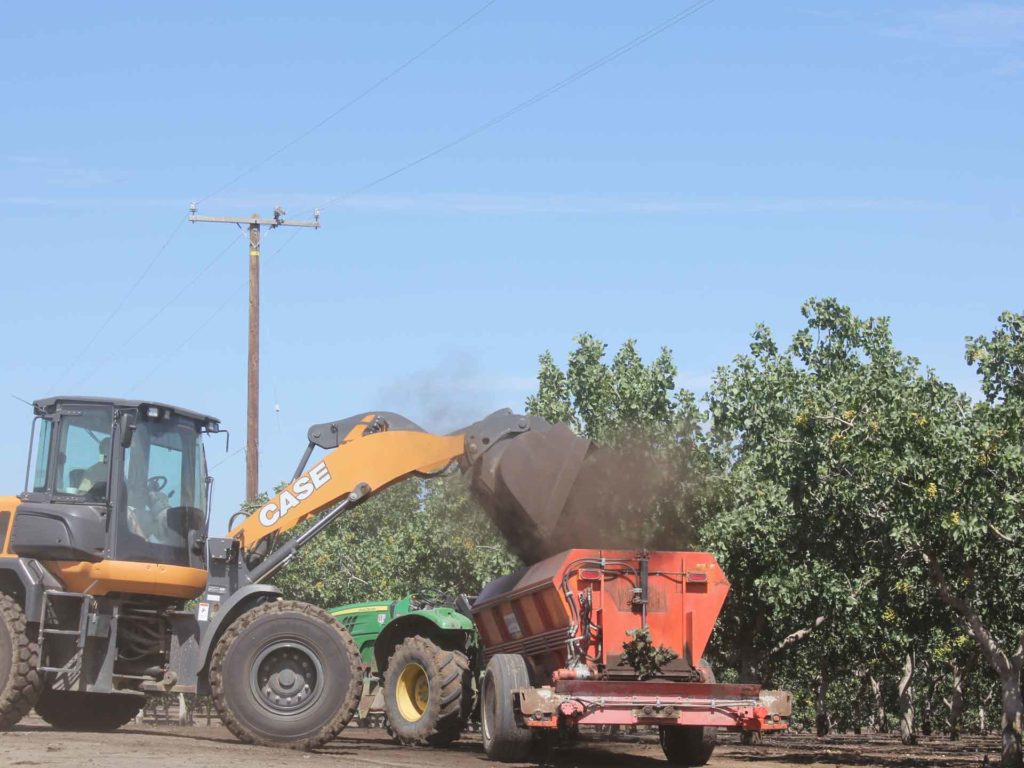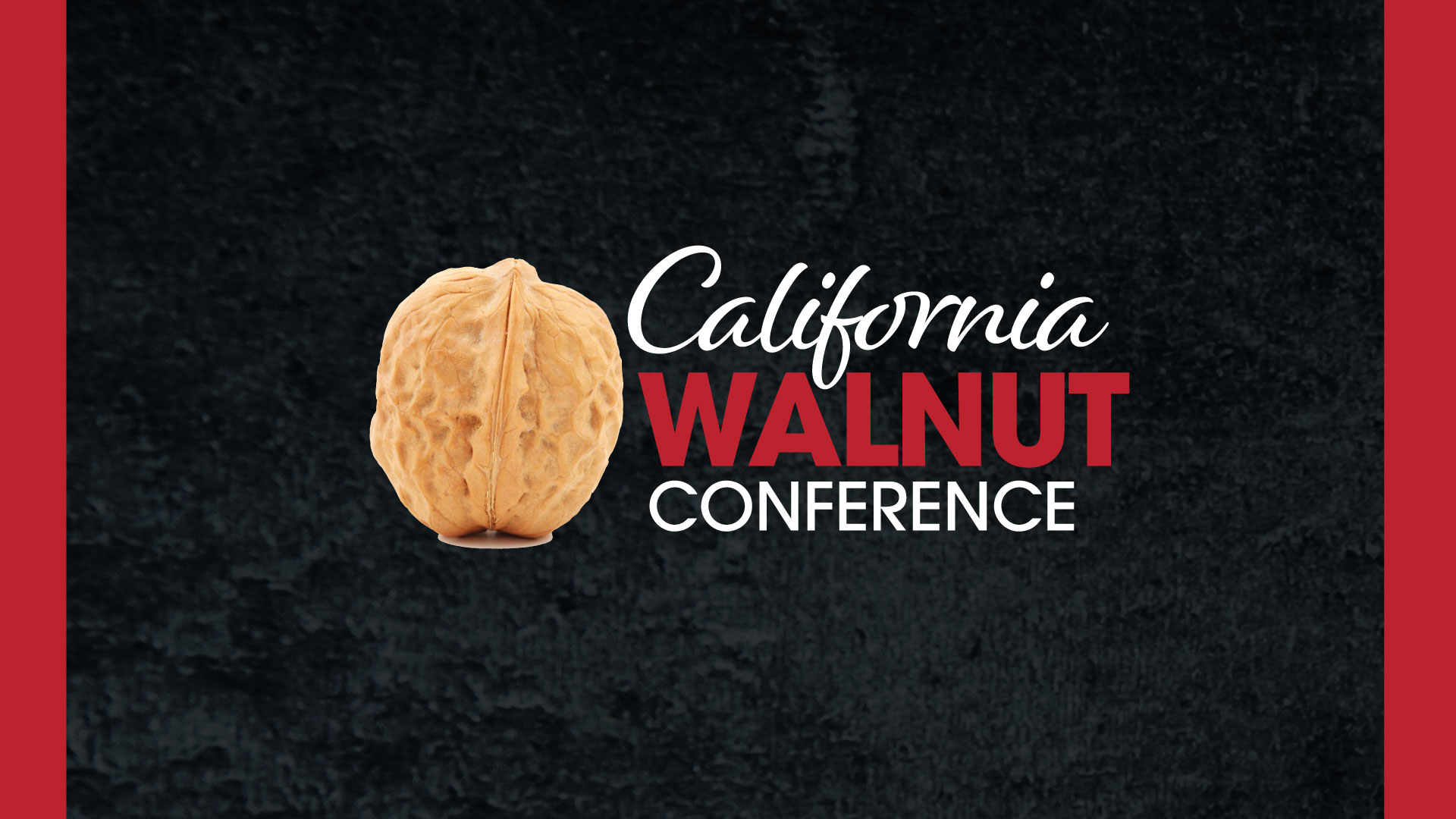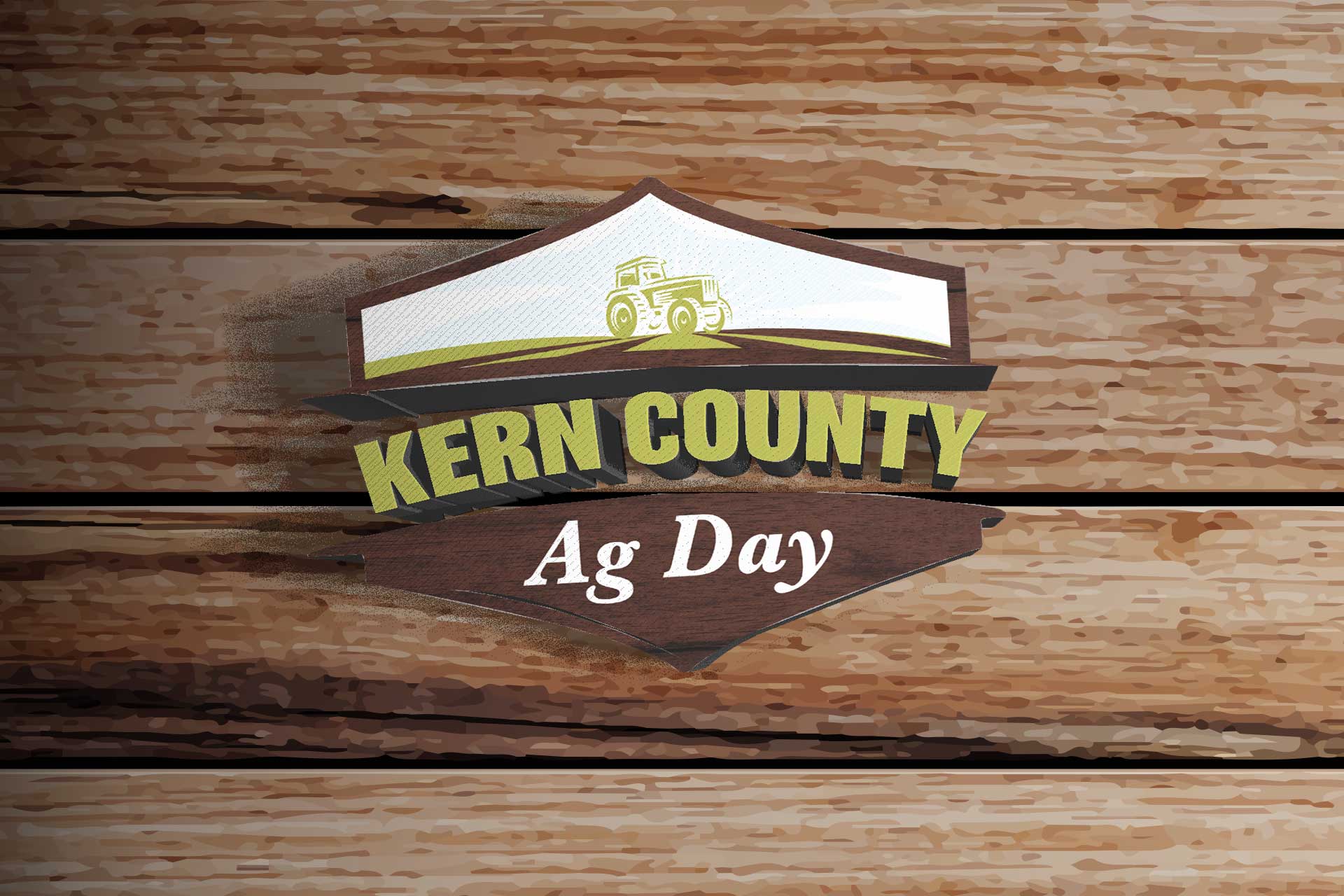
Compost is defined by the University of California Solution Center for Nutrient Management as the product of controlled biological decomposition of organic material. The composting process involves sufficient heat generation to eliminate pathogens as well as stabilize the organic material to a stage where it can be applied to soil.
The list of benefits to agricultural crops from compost applications includes increases in organic matter, microbial activity, micronutrients, cation exchange capacity, carbon sequestration and water holding capacity plus increased soil levels of nitrogen, potassium and phosphorus. Soil borne disease, soil erosion and soil compaction may also be impacted by compost applications.
David Crohn, University of California Cooperative Extension (UCCE) biological systems engineer at University of California (UC) Riverside, writes that important factors in evaluating compost include carbon to nitrogen ratio, organic matter content, salinity, stability, pH, and maturity. A seal from the U.S. Composting Council is a guarantee that the compost has been sampled and tested and meets the council’s quality requirements. The material being composted, the composting process and length of the process all determine the quality of the compost.

Composting Process
Cain Trucking in Tulare deals only with dairy manure in their composting process. After dairies scrape the manure from the corrals, Cain Trucking loads and hauls it to their compost year where the 120—day composting process begins.
“We put in the time and the money to make a finished product,” Kurt Fry at Cain Trucking said. Samples of every 5,000 ton lot are taken to ensure the compost meets state requirements for compost. Their finished product is stable, pathogen and weed seed free. Nitrogen in the compost has been broken down by microbes and is available to plants. Nitrogen levels in chemical fertilizers may be higher, but it is also leachable below the root zone and can disturb soil biology, said Paul Barcellos of Cain Trucking.
Use of compost is growing among tree nut growers, Fry confirmed. Growers who apply compost are not looking for immediate responses from their trees, but are seeking the long term benefits that include improved soil tilth.
“Typically a tree nut grower will apply compost at the rate of about three tons to the acre in the fall,” Fry said. “They tell me that by spring it has disappeared into the soil and not an issue at harvest.”
Doug Graham of New Era Farm Service, a Tulare-based company that specializes in dry and liquid composts, said compost products can be made from a number of materials with dairy manure and green waste from cities being the two most common. Compost companies also use chicken litter and steer manure from feedlots.
The composting process requires moisture and oxygen to produce heat, which breaks down the materials into a stable and non-leachable form. Graham explained that materials to be composted are placed in windrows that can be mechanically turned to add oxygen. Oxygen and moisture produce heat and provide an environment where microbes can break down the materials. Over a 120—day period the windrowed material is turned numerous times and monitored to maintain a temperature of 131—160 degree F. Too low and the microbes stop working and pathogens are not killed. The composting process is finished when the material is stable and added oxygen and moisture no longer produce heat. Compost that is not completely stabilized will retain a manure smell and the nutrients will volatilize and not provide the plant nutrition desired.
The aim, Graham said is to produce compost with a carbon (C) to nitrogen (N) ratio of 15-1. Composts with a higher C:N ratio can immobilize more nitrogen for longer periods of time. The higher ratio can also mean more lignin, which resists decay, in the compost. This designates the compost as more of a mulch than a source of plant nutrition.
Former UCCE farm advisor David Doll said in a blog post that most finished composts vary from 0.5—2.5 percent nitrogen. Research by Dr. Tim Hartz at UC Davis has shown that most composts only release 5-10 percent of the nitrogen in nitrate form. Composts that have a lower carbon to nitrogen ratio release nitrate on the higher end of the range.

Compost Applications
Franz Niederholzer, UCCE farm advisor in Yuba and Sutter counties said compost applications in tree nut orchards are a common practice, but there is not a lot of research data available on nut tree crops available to prove the outcomes are delivered.
Growers or farm managers who are considering compost applications should seek a nutrient analysis for nitrogen, phosphorus and potassium, and proof of absence of toxic residue—including herbicide, particularly if the compost is for an organically grown crop.
Most tree nut growers apply compost in established orchards in the fall, hoping winter rains will assist incorporation of soluble materials in the compost. Fall and winter months are the only time to apply in drip irrigated orchards, Niederholzer said, while growers with micro sprinkler irrigated blocks can use irrigation to incorporate the soluble materials.
Placement of the compost is also important to achieve maximum benefits. If the goal is to add nutrients for the tree, he said, it should be placed where roots and irrigation water interact. Broadcast applications of compost are more for soil amendments. The three Rs of fertilizer (Right rate, right time and right place) also apply to compost applications. All composts are a little different in their composition, Niederholzer said, so knowing what you have and where it is going is important.
Graham said organic growers are more likely to use compost in their orchards as a source of nitrogen as it is less expensive that other organic sources. A four- ton to the acre application of compost will yield about 100 pounds of N, he said, but the first year only 10 percent will be available to the plants. At year two, 35 percent of the 90 pounds will be available.
Nutrients
Phosphorus (P) content in compost can be significant. Doll noted that since exportation of P from an almond orchard is low at seven pounds per 1000 kernel pounds, attention should be paid to prevent over application of this nutrient. Phosphorus is stored within organic and inorganic forms within compost and is readily available to the plant. Research has shown it can be nearly 1:1 with synthetic fertilizer.
Graham said compost applications are especially favored in almond production because they are an inexpensive source of potash. Doll noted that compost could serve as an alternative source of potassium which is used at high rates in almond production (55 lbs. per 1000 kernel pounds).
Micronutrients in compost can vary. The organic content of compost should also be a consideration in a decision to apply compost in an orchard. For soil amendments, the upper limit of 65 percent organic matter is common. A higher level may be less stable and will not work well as a mulch.
Doll’s blog also noted that when applying compost is it important to calculate the salt load that is being applied. Composts can contain high amounts of sodium, preventing its use as a sole material in a nutrient management plan.
University of California guidelines on compost use recommends that growers consider other factors, including cost of compost, transportation costs, soil conditions, water quality, application rates and soil leaching capabilities when making application decisions.

Cecilia Parsons
Cecilia Parsons has lived in the Central Valley community of Ducor since 1976, covering agriculture for numerous agricultural publications over the years. She has found and nurtured many wonderful and helpful contacts in the ag community, including the UCCE advisors, allowing for news coverage that focuses on the basics of food production.
She is always on the search for new ag topics that can help growers and processors in the San Joaquin Valley improve their bottom line.
In her free time, Cecilia rides her horse, Holly in ranch versatility shows and raises registered Shetland sheep which she exhibits at county and state fairs during the summer.















